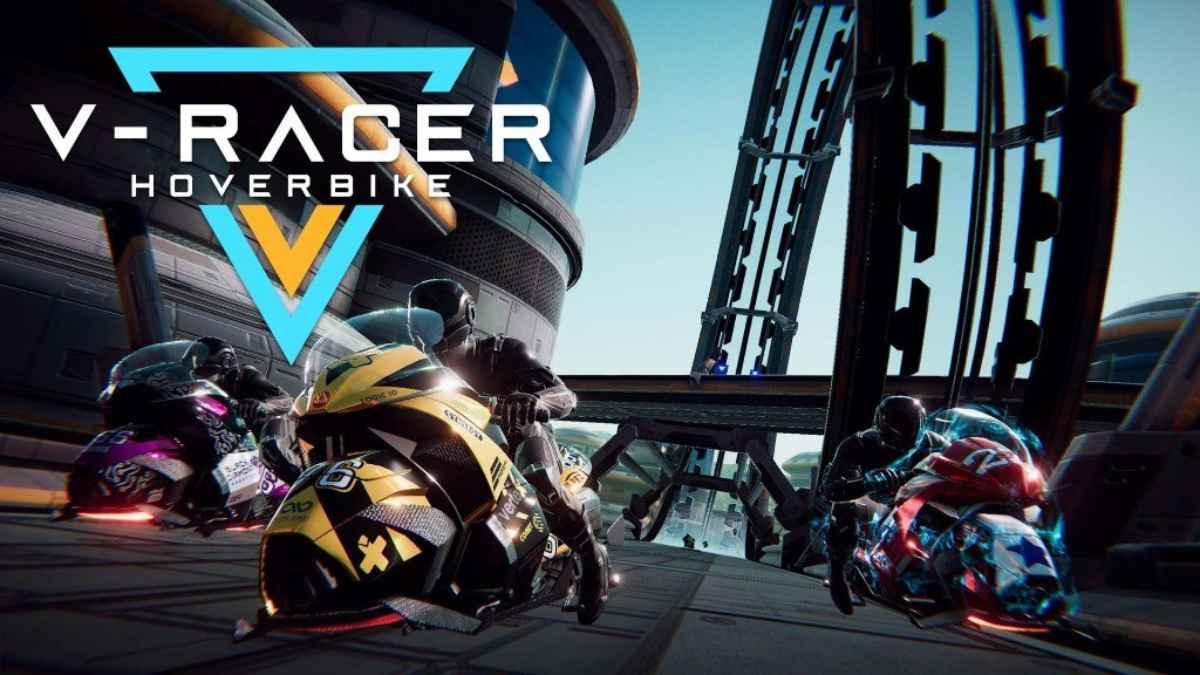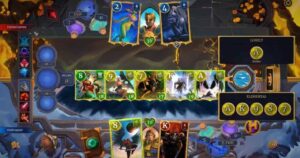After years of existing mostly in the PC VR scene, V-Racer Hoverbike is finally making its way to standalone hardware. The futuristic racing game is set to release on Quest in July, opening the door for a broader audience to jump into its high-speed, arcade-style circuits.
Originally designed for motion-controlled steering and tight reflexes, the game now gets a chance to stand on its own without tethered hardware. This version aims to replicate the core gameplay while adapting to the limitations and opportunities of standalone VR.
Built for speed, not simulation
V-Racer Hoverbike doesn’t lean into realism. It’s built like an arcade racer — fast, aggressive, and tuned for reaction time over technical mastery. Players sit on a hovering bike and steer using body motion, tilting through turns and launching projectiles mid-race to take out opponents.
Races play out across a set of stylized tracks that range from neon-lit cities to off-world industrial zones. Each course is tight, with just enough elevation changes and hazards to force attention, but not so complex that you get lost in the layout.
Motion controls keep the body engaged
The steering is what makes this work in VR. Rather than thumbstick turning or passive gaze control, you lean into curves, physically shifting your body to handle sharp turns. It’s a mechanic that rewards muscle memory and can be surprisingly immersive once you get used to the rhythm.
On Quest, this control system has been preserved, though there have been tweaks to make it smoother and more stable on standalone headsets. Early builds suggest the responsiveness holds up well even without the power of a gaming PC behind it.
Modes, multiplayer, and long-term content
The Quest release brings with it several single-player modes, including time trials and AI races, as well as online multiplayer. Up to six players can race together in real-time, with customizable options for power-ups, track rotation, and lap count.
There’s no word yet on whether this version will get future updates or new tracks post-launch, but the structure is already solid for quick, competitive races. It’s the kind of VR experience that works well in short bursts — ideal for standalone platforms that prioritize accessibility and fast load times.
Virtual Reality Explorer & Game Reviewer
Always the first to plug in. VRSCOUT dives head-first into the most immersive VR worlds, analyzing mechanics, comfort, innovation, and that elusive “presence” factor. If he says it’s worth it, it probably is.




